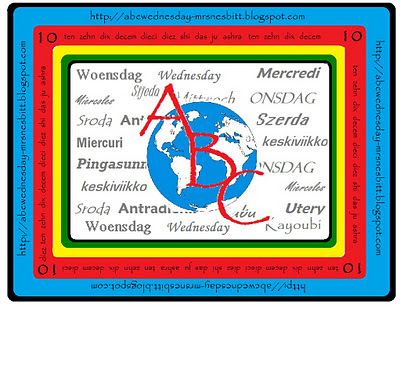He will have to learn 25,000 streets within 6 miles of Charing Cross and major arterial routes, points of interest (hospitals, hotels, theatres, squares etc), traffic signals, cross junctions, roundabouts and know what is alongside at all points. This Knowledge Boy was making notes and memorising, oblivious to the lines of traffic passing
Here is another Knowledge Boy where the clipboard routes of the day can be seen. I was surprising that I accidentally managed to get a better picture of this with a moving target than one that was stationary. Then I thought I would finish this post with a photo of a London black cab taxi but realised I'm usually trying to avoid cabs and cars when trying to photograph London architecture. I've got a lot of half cabs disappearing or appearing the edges of photographs but managed to find one picture where it is just in shot, taken late on a winter's afternoon.
Research has found that London taxi drivers have a larger hippocampus (the part of the brain that deals with spacial memory and navigation) than the general population.
An entry to ABC Wednesday, a journey through the alphabet, sojourning this week at K here






